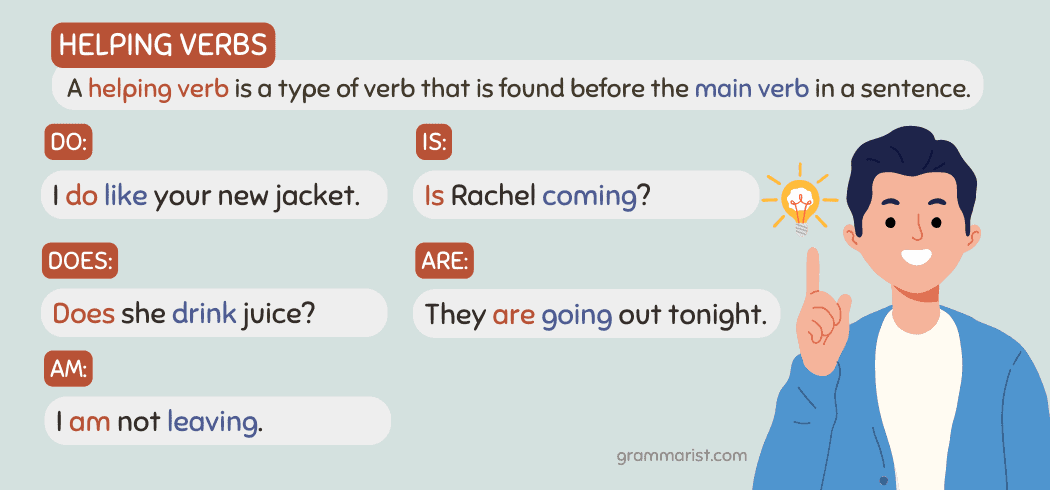At the Core of Every Organism’s Environmental Interaction: Energy, Information, and Adaptation
Overview: What Sits at the Core
At the core of every organism’s interaction with the environment are three intertwined processes: acquiring and managing energy , detecting and acting on information from surroundings, and adapting across time through development, behavior, and evolution. Ecologists frame these interactions through biotic and abiotic factors, trophic roles, and feedback loops that couple organisms to the environments they also modify [1] . Conceptual frameworks in organism-environment systems emphasize the continuous, reciprocal coupling between organismal activity and environmental structure-perception and action forming a loop that shapes development and evolution [2] . Energy flow, via producers, consumers, and decomposers, anchors these interactions in material and energetic constraints that govern survival and reproduction [3] .
1) Energy: The Universal Constraint and Currency
Why it’s core. Every organism must secure energy and matter to sustain metabolism, grow, and reproduce. This is operationalized through trophic roles-producers convert abiotic energy inputs into biomass; consumers and decomposers transfer and recycle that energy and matter through ecosystems [3] . Environments impose physical and chemical limits (e.g., nutrient availability, temperature, medium density), shaping the energetics of movement, thermoregulation, and feeding strategies [1] .

Source: studylib.net
Example. Photosynthetic plants and algae fix solar energy, forming the base of most food webs; deep-sea bacteria perform chemosynthesis using inorganic compounds where light is absent, illustrating that energy acquisition strategies track environmental affordances and constraints [3] . Marine mammals streamline bodies to move efficiently in water-an energetic adaptation to a medium >700 times denser than air, showing physical context shaping energy budgets and behavior [1] .
How to apply it.
- Map energy pathways: identify local producers, primary consumers, and decomposers; note dominant abiotic constraints (light, nutrients, temperature) to predict bottlenecks and resilience [3] .
- Design interventions that relieve limiting factors (e.g., nutrient management, microhabitat shading) to enhance target populations while monitoring knock-on effects across the web [1] .
Challenges and solutions. Energy improvements in one node can destabilize others (e.g., nutrient enrichment causing algal blooms). Use phased trials and sentinel indicators (dissolved oxygen, species composition) to detect unintended consequences early [1] .
2) Information: Perception-Action Loops in Real Environments
Why it’s core.
Organisms don’t just exist in environments; they
sense
and
act
in them. The environment, considered at the organism’s scale, provides actionable information (e.g., gradients of light, chemical cues, texture), and organisms reciprocally modify those features (e.g., trail laying, burrowing), shaping future information landscapes. This continuous coupling aligns with ecological psychology and enactivist views of perception as skillful engagement rather than passive reception
[2]
.
Example. Pollinators and flowering plants coevolved sensory signals and rewards; without a shared history, superficially mutualistic interactions may fail or impose costs (e.g., invasive partners that disrupt native dynamics), underscoring that information use is historically grounded and context-sensitive [2] .
How to apply it.
- Characterize the organism’s information field: identify salient cues (visual, chemical, mechanical) and the scales at which decisions occur. Adjust management (e.g., floral diversity, corridor layout) to align cues with desired behaviors (foraging, nesting) [2] .
- In education or UX analogies, design environments that make adaptive actions obvious-clear affordances reduce energetic and cognitive costs, improving performance and survival proxies [2] .
Challenges and solutions. Translocated or invasive species may misread local cues, leading to ecological traps. Mitigate by restoring native signal-reward matches (e.g., phenology-aligned plantings) and removing misleading cues where feasible [2] .
3) Adaptation: Coping Mechanisms Across Time Scales
Why it’s core. Interaction outcomes depend on the organism’s capacity to adjust across three timescales: immediate behavior and physiology, developmental plasticity, and multi-generational evolutionary change. Under rapid environmental change, the ability to adjust phenology, behavior, or life history can determine persistence, while mismatches elevate risk [4] .
Example. Some bird species extend breeding seasons under predictable warming, enabling multiple broods; others in extreme environments face reproductive failures when weather variability intensifies-illustrating that adaptation depends on mechanisms and constraints unique to each species and context [4] .
How to apply it.
- Assess adaptive capacity: evaluate plasticity (e.g., diet breadth, thermal tolerance), dispersal options, and genetic diversity proxies to inform conservation triage and management sequencing [4] .
- Stage management across timescales: immediate microrefugia and resource provisioning; medium-term habitat connectivity; long-term evolutionary potential via landscape heterogeneity and population sizes that sustain variation [4] .
Challenges and solutions. When predictable trends collide with extreme events, plans should include buffers and decision triggers tied to thresholds (e.g., thermal maxima, failed nesting rates) to escalate interventions adaptively [4] .
Bringing It Together: Biotic-Abiotic Structure and Roles
Integrated view.
The environment comprises
abiotic
factors (climate, water, nutrients, substrate) and
biotic
components (other organisms). These shape what species can exist and how they interact. Matter cycles between these components, and organisms occupy producer, consumer, or decomposer roles that organize energy and nutrient flow
[3]
. Organisms, in turn, modify environments-from oxygenating the atmosphere historically to controlling modern water and energy fluxes-creating powerful feedback loops that reframe future constraints and opportunities
[1]
.
Case illustration. Vegetation removal can halve terrestrial rainfall in extreme modeling scenarios, highlighting how biological structure governs climatic feedbacks and why interventions must account for system-wide coupling of energy, information, and adaptation [1] .
Step-by-Step: How to Analyze Any Organism-Environment Interaction
- Define the environment at the organism’s scale. Specify relevant abiotic variables (temperature ranges, media density, nutrient levels) and biotic partners, competitors, and predators. Treat the environment as a set of actionable features for the focal organism [2] .
- Map energy pathways. Identify primary energy inputs and limiting factors. Classify the organism’s role (producer/consumer/decomposer) and estimate budget constraints for movement, growth, and reproduction [3] .
- Characterize perception-action loops. List the cues the organism uses and the actions they guide. Note how the organism alters those cues (e.g., building, signaling), updating the loop description [2] .
- Evaluate adaptive capacity. Document plastic responses and constraints; identify decision thresholds tied to environmental variability and extremes. Align management with short-, mid-, and long-term horizons [4] .
- Test, monitor, iterate. Pilot interventions under controlled conditions when possible, deploy sentinel metrics, and use adaptive management cycles to refine actions as feedback accumulates [1] .
Practical Alternatives When Data Are Limited
If high-resolution data are not available, you can begin with qualitative assessments: conduct field observations focused on cue-response patterns; engage stakeholders for local knowledge about limiting resources and seasonal bottlenecks; and prototype low-risk interventions (e.g., microhabitat features) with clear success metrics. Consider partnering with local universities or extension programs for access to standardized monitoring protocols and student-led surveys. Where funding is uncertain, start with no-regrets actions like habitat complexity enhancements that typically provide multi-species benefits.
Key Takeaways
Energy acquisition and allocation, information-driven perception-action loops, and multiscale adaptation form the core triad of organism-environment interaction. These processes operate within and reshape biotic and abiotic contexts, producing feedbacks that can amplify resilience or risk. By systematically analyzing these elements and applying adaptive, evidence-based management, practitioners can make grounded decisions even under uncertainty.

Source: slideserve.com
References
[1] Nature Education (2010). Ecologists study the interactions of organisms and their environment.
[2] Bruineberg et al. (2020). Defining the Environment in Organism-Environment Systems.
[4] Wingfield (2011). Organism-environment interactions in a changing world.


